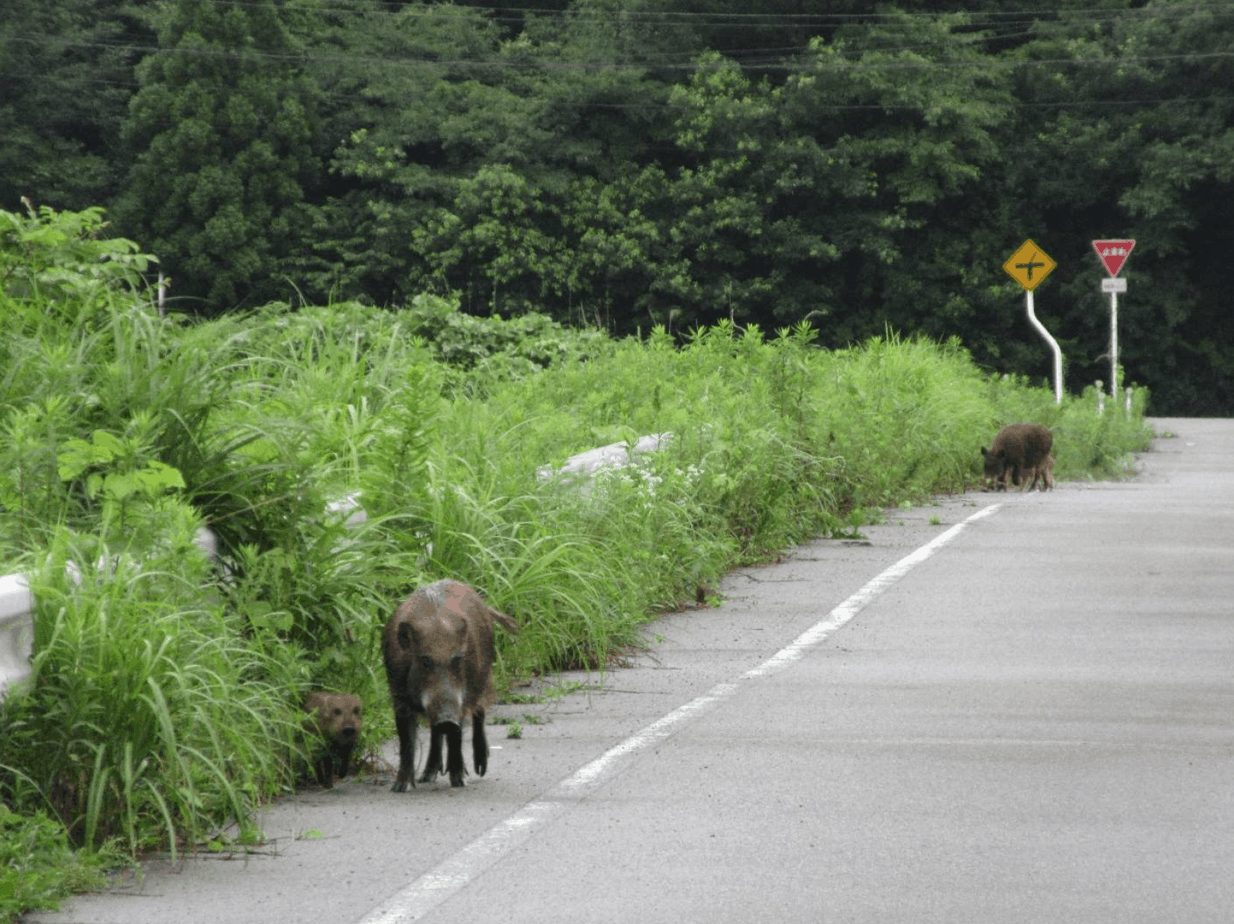After the accident the forest returned,
blanketing forsaken machinery
in a gentle, unfamiliar embrace.
Stacks of contaminated televisions lie in
heaps, repurposed as shelters
for the returning fauna.
Computer screens that once glimmered
with potency now lie abandoned,
tainted by a film of excrement,
and something that we mustn’t name.
From a certain perspective, time stands still.
Sika deer dance across
radioactive ley lines;
undeterred by the threatening
names that we have conferred,
and which they have
never understood.
Wild boars roam the zones,
our evacuation excluding them
no longer as they stomp past
green pheasants;
their bronze mantles blazing
in the solitude of our retreat.
After the accident the forest returned,
staking a claim to the life
we abandoned.

This poem is inspired by recent research, which has found that nearly a decade after the nuclear accident in Fukushima, Japan, wildlife populations are abundant in areas devoid of human life.
Following a major earthquake on the 11th March 2011, a 15-metre tsunami disabled the power supply and cooling of three reactors at the Fukushima Daiichi Nuclear Power Plant, causing a nuclear accident. In response to this accident, the Japanese government evacuated humans from the area, and whilst there has been considerable interest in understanding the ecological impacts of the nuclear accident, there remains much speculation regarding the status of wildlife species in the surrounding area.
In this new study, photographic data was gathered from 106 camera sites across zones of high, intermediate, and very low levels of radiation. In total over 267,000 wildlife photos recorded the activity of more than 20 species, including wild boars, pheasants, foxes, and raccoon dogs. By analysing these photographs, the researchers were able to show that despite chronic exposure to levels of radiation that forced humans to evacuate, populations of many species of animals have responded favourably to the removal of humans from the landscape. These findings are in agreement with recent studies in the area surrounding the Chernobyl Nuclear Power Plant, providing additional evidence for the rewilding of landscapes following human abandonment, even in the presence of high levels of radioactivity.
An audio version of this poem can be heard here:
Discover more from The Poetry of Science
Subscribe to get the latest posts sent to your email.
few years ago I visited a mountain area in the province of Fukushima and was totally impressed by beautiful forests and lakes. I guess the Image of Fukushima is somehow Twisted by the terrible events at the coastal areas.
The poem is beautiful, my compliments!
Have a Relaxing Weekend,
Rolf
Thank you Rolf, and to you. 😀
Your work is truly inspiring, sir. It is so important to bridge the gap between science and communication and you’ve done it so well. Loved your posts!
Thank you Anushka, that is very kind of you.